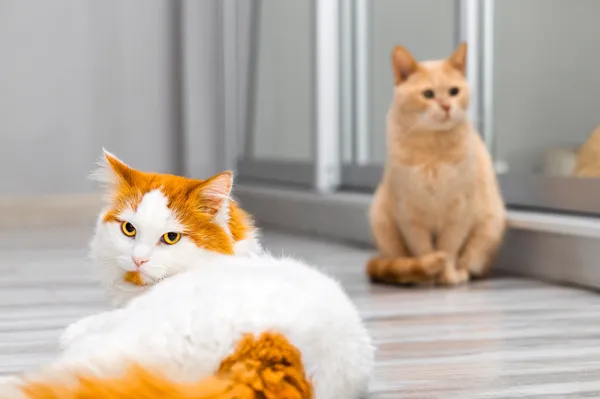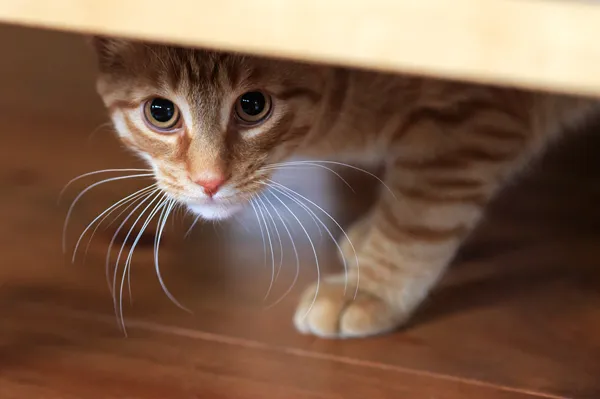Considerations When Getting a Second Cat

Cats were once considered solitary creatures. We now know that they are, in fact, social animals who benefit from interaction with their own and other species. However, not all cats are social with other cats. The personality of each cat must factor into the decision to introduce a new cat to your home.
Children and Pets

The birth of a baby or the adoption of a new child can be associated with both excitement and stress. It is important to prepare your pet for the new addition. Before the baby arrives, introduce novel sounds and scents, and be sure your pet has access to safe resting spaces. Socialize your young pet to children from the start. Children should be directly supervised by an adult when they interact with pets.
Cat Behavior Problems: Vocalization

Cats vocalize to communicate. Vocalizing can be problematic when it interferes with people’s sleep. Often, the behavior develops due to unintentional reinforcement. Since vocalization can also reflect underlying illness, particularly if it is a new behavior, both a medical exam and a behavioral work-up are needed. Providing adequate social and environmental enrichment while discontinuing reinforcement can resolve the problem.
Cat Behavior Problems: Scratching Behavior

Scratching is normal feline behavior. Cats use their claws to mark territory, climb to safety, hunt prey, and stretch their bodies, among other important routine behaviors. Cats that live primarily or exclusively indoors are still inclined to claw prominent objects and do not discriminate based on an object’s personal value, which may be undesirable to their owners. Providing multiple appropriate scratching surfaces that suit your cat’s preferences and using positive reinforcement when your cat scratches these provided surfaces can be helpful. If you notice changes in your cat’s pattern of scratching, check with your veterinarian. Your cat may be experiencing pain or another health condition. Next, a behavioral consultation may be needed to identify the underlying behavioral condition and to find an appropriate treatment.
Cat Behavior Problems: Petting Aggression

Some cats that appear to be perfectly comfortable resting in a lap can suddenly turn around, bite, and run away. There are ways to reduce the likelihood that your cat will bite you. Treatment will depend on the specific reason for the behavior.
Cat Behavior Problems: Nocturnal Activity

Many cats are active through the night. Often, they have slept all day and are not tired at night. Enrichment that includes social play and interactive toys can solve the problem. A medical and behavioral workup should be done if your cat has only recently begun to be active at night, as there may be an underlying illness.
Cat Behavior Problems: Marking and Spraying Behavior

Urine marking is a form of communication for cats and can be used to establish territory and communicate social and sexual status. House cats may mark when there is social conflict in the home, or when they experience anxiety or frustration. Medical conditions, particularly those associated with pain, can trigger marking. It is important to learn the motivation for marking in order to find an effective treatment plan.
Cat Behavior Problems: House Soiling – Synopsis

House soiling or feline inappropriate elimination is not uncommon. Urine and/or stool may be deposited outside of the litter box. The motivation for the behavior may be a need to eliminate (toileting) or a desire to communicate (marking). Medical conditions may predispose cats to exhibit house soiling and a veterinary examination is always needed.
Cat Behavior Problems: House Soiling

House soiling in cats, also called feline inappropriate elimination, is the most common behavioral complaint of cat owners. Problem behaviors can be urine and/or stool deposited outside of the litter box, or marking behaviors.
Cat Behavior Problems: Fears and Phobias

Fearful behavior in cats may develop for many reasons. Hereditary and environmental factors contribute to behavioral development. Early socialization of kittens is very important for normal development. Cats and kittens that display fearful behavior should be treated as soon as possible for the most successful outcome.

